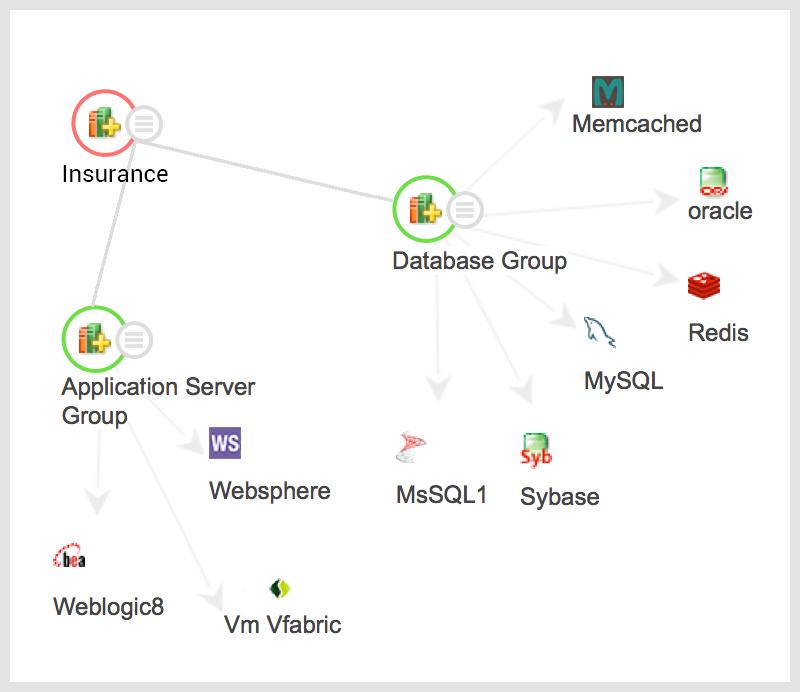
This is the age of the user. The user is only concerned with whether or not the application at their end is flexible and responsive to demands, regardless of location, network medium, or storage. For an enterprise to be successful and sustain itself in the market, every business service, process, and technology should be user centric. This is easier said than done. Any downtime in IT services - from online commercial applications to back-end operations - can cripple a business and the longer the downtime, the more significant the financial losses.
Stumbling blocks
An infographic released by CSC shows that by 2020, data production will be 44 times greater than it was in 2009. According to the 2015 HDI Desktop Support Practices and Salary Report, there has been a 45.2% increase in ticket volumes from 2014 to 2015, due to the growth of new apps and systems.
It is certain that in today’s constantly evolving and complex IT environment, age-old techniques that involve spreadsheets and manual audits cannot be used to keep track of dependencies effectively. Enterprises need to adopt an agile monitoring strategy, which provides a complete picture of their IT infrastructure to quickly detect and troubleshoot issues, and optimize user experience.
Gartner in a recent report has stated that 80% of outages impacting mission-critical services will be caused by people or process issues, and that 50% of those outages will be caused by change, configuration, or release integration, and hand-off issues.
Application dependency maps could be the answer.
To provide better end-user experience, enterprises need to adopt a robust change management strategy. This helps them to learn the number of IT components, how they are connected and what business services or activities depend on these components. The two main requirements of such a solution include the following:
● Accurate understanding of the impact on the business, if a change in IT is made.
● Quick troubleshooting of any bug(s) that may have arisen due to the change (reduce mean time taken for resolution).
In the event of an application failure, how do you determine why and where the issue occurred, before the application downtime affects business?
One popular and effective method of accomplishing this is via application dependency maps.
Automated and up-to-date application dependency maps essentially have built-in knowledge of a firm’s critical applications, helping to visualize relationships among all the components (application servers, web servers, and databases) that pertain to a certain business process. Reports based on the analysis of the discovered components are shared with the concerned team, thus enabling them to take prompt action in the event of a fault.
Some of the key benefits of adopting application dependency maps include
● Hassle-free release management: By making use of application maps, teams can ascertain if critical services will be affected in the event of an update, aiding in streamlining development and production schedules.
● Eliminate risks by automating auditing trails: Consider the case where an enterprise wants to change its IT setup by virtualizing its data center assets. It is mandatory to assess the impact of this technological change on dependent business processes, as any change made in the IT setup has a direct consequence on supported business activities.
Performing a manual audit of the entire infrastructure is expensive, time-consuming, and risky. On the other hand, to save time and money, the same can be accomplished via dependency maps. They can perform an automated audit of the environment and provide actionable insights about all the elements in the setup and the elements' critical inter-dependencies. In case a fault occurs, the maps save troubleshooting time by detecting the root cause quickly, thereby preventing a significant loss in revenue.
● Ensure optimum business continuity: Dependency maps document data, in the form of dependencies between services and systems, which can be populated in a configuration management database for future reference. That way, in case of an outage, it is easy to figure out which applications could have a serious financial impact. This aids in drawing up a disaster recovery plan, which lists steps to ensure there is minimum probability of these applications being affected in the event of a disaster.
● Achieve operational excellence - Using application maps, teams are able to reduce operational costs by determining unused assets, identifying single points of failure for quick resolution, and dynamically allocating resources as changes occur in the environment.
The road ahead
With the competition getting tougher and stronger by the day, the sensible approach for firms would be to invest in automated, intelligent solutions that aid in aligning business goals with operational tasks. The sooner firms take stock of this strategy, the more benefits they will reap in the long run.
(Pritika R is Marketing Analyst at ManageEngine, a division of Zoho)

 In
In
Add new comment